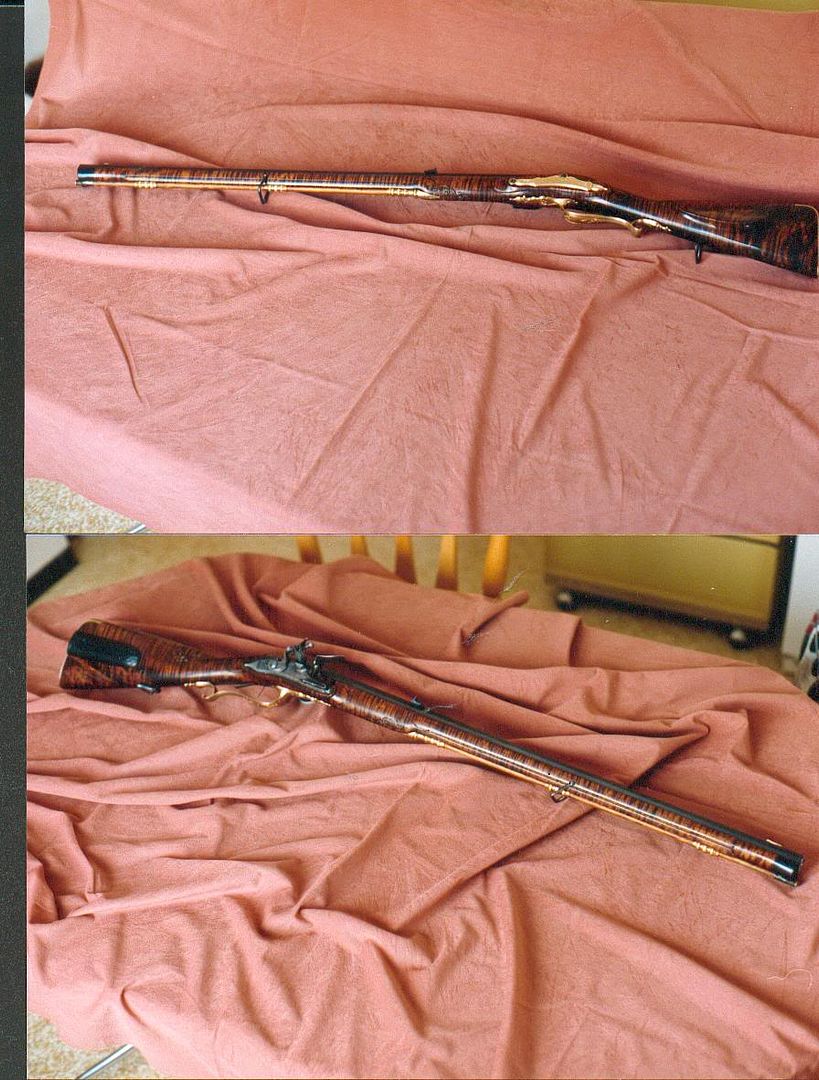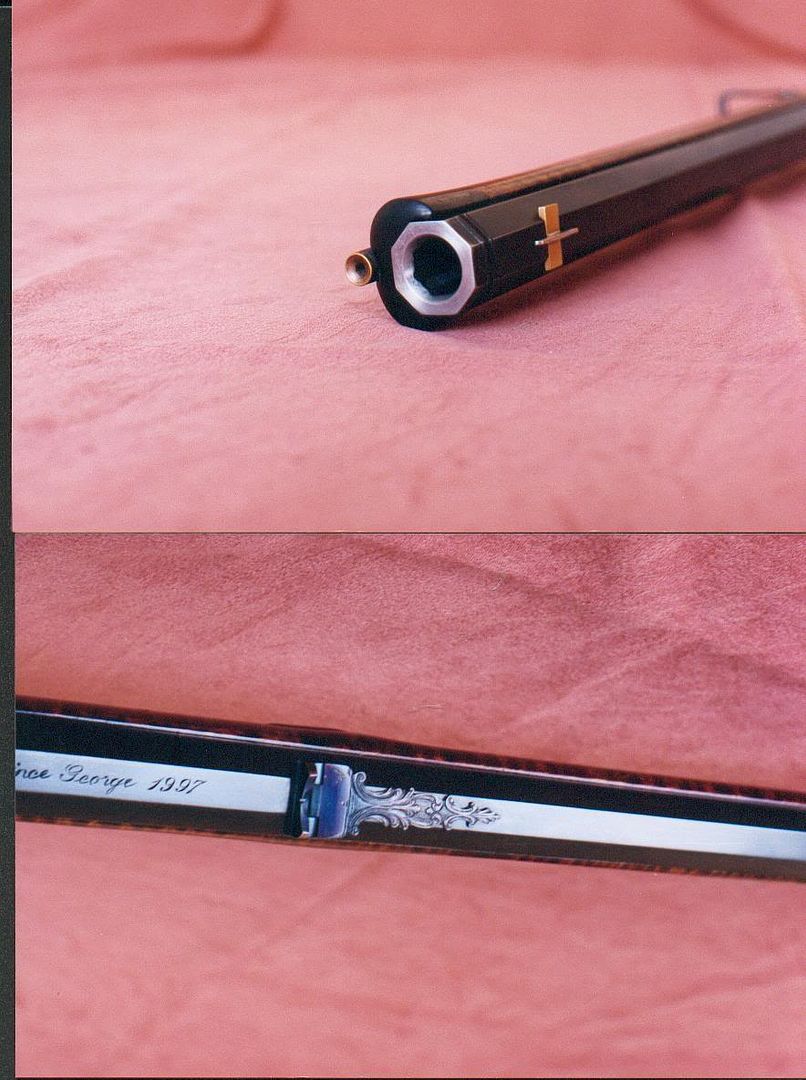| DarylS |
| (.700 member) |
| 22/07/08 01:04 AM |

|
|
|
fuhrmann - thanks to you and Xausa for the 1905 German book on hunting big game. Of the German Steutzen or Jaeger muzzleloading rifles used prior to the 'Express Rifles' I do know a little. The custom made Jaeger rifles were very beautiful and finely made rifles. So intriguing, in fact that my brother built one for use as his own primary hunting rifle here in BC. Also his possession, is a .50 Sharps of quite terminal and superior to 'Express Rifle' performance, along with a modern .356
Commonly, they were of medium bore, .52 to .60 calibre, which is just fine for big game, deer, boar to elk and moose, however they also had very fast rifling twists. These fast twists usually shot wild with heavy charges, so light charges were the norm. Light charges means high trajectories which makes hitting exactly a difficult task in the dark woods, even at relatively close ranges of inside 100yards. Light charge velocties, in the 1,100fps range make for a number inches of correction between 70 yards and 20, enough to cause misses or poor hits along with poor penetration resulting in 'stern' tracking. Here as a normal, if a moose, deer or bear runs out of sight, we sit for at least 15 min. to 1/2 hour to allow the animal to lay down and stiffen. If it isn't chased, it will usually do exactly that. Moose are pussies, normally laying down within 50 yards of where they were shot, of not pursured. Even going to the impact site, can cause a poorly hit moose to seemingly decide on the next province over, or die trying.
Modern made jaeger barrels, as made by Don and John Getz amongst others, have slower twists, which allow heavy charges, which means flat trajectories and high velocties with excellent accuracy, the best that barrel can produce. As to deer, a weak charge of 3 drams with a .595" ball(around 306gr.) is all that is required, the deer rarely moving out of his tracks when hit, and if so, a short trail with a 1" exit pumping blood. This charge will also work on larger game like moose, but not for me, as I prefer to use what the gun wants, and strive for that magical 1,800fps muzzle velocity. A mere 125gr. of GOEX 2F will do 1,800fps and is capable of 1 1/2" accuracy at 100 yards while doing so. My bro uses a bead front sight with a wide "V" rear with higher ears than normal, to allow for easy sight correction for even longer ranges to 150 yards. While I know how deer, moose and elk react to the shot, I've never shot a boar so cannot coment on them. For black bear, a .45 to .50 is fine for many people but for me, a .54 is minimal for these bear and I still prefer a bore-sized rifle for normal hunting with a muzzleloader - .60cal to 20 bore would be about minimum for all-round, and when purposely hunting griz, I'd go for a minimum of 16 bore using a .662" ball. I would not use a conical,a s the hemispherical nose of the ball, coupled with the higher velocity of the ball delivers more of a smashing blow than does the round or flat nosed conical. More penetration, which is delivered by a conical, is not needed in these large bores. When hunting deeply in the bush here, you are just as likely to run into a grizzly's 'area' as a black bear's, so a little more gun is my preference. I've done exactly this too many times now when packing a 'light' rifle, to push my luck any further. I believe in using as much gun as is prudent. There is no common ground between killing a black bear and a grizzly, even if they are the same weight, which happens at times. The shot must be perfect, and have enough smash and penetration to do the job.
The fact that the use of muzzleloaders in Germany's past seemingly produced long, stern tracking with lost game or spoiled meat, shows a defficiency in power or accuracy, or both. We don't have difficulty dropping 1,000 pound or heavier moose with .50's, and indeed, a .45 will do the job if inside 50 yards, but we load them appropriately these days. I understand the boar has a thick 'shield' plate. This, coupled with the hide, ribs and muscle may defeat a slow moving ball of small size. Boars add a more taxing requirement to the game.
Although we haven't been in the 'game' as long as they had been in the past, our knowledge seems to be greater. Visionaries like Lt. James Forsyth knew the score and wrote about it "Sporting Rifles and Their Projectiles" 1861, but many wouldn't listen, like Purdey's along with others, who insisted on fast twists with deep grooves in bore size round ball guns, which produced innaccuracy and stripping if heavy hunting loads were used. I treasure my copy of his book.
; This is my bro's main hunting rifle.

